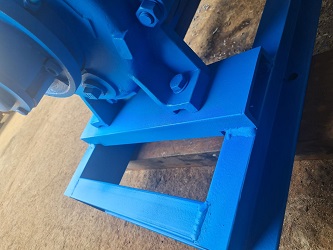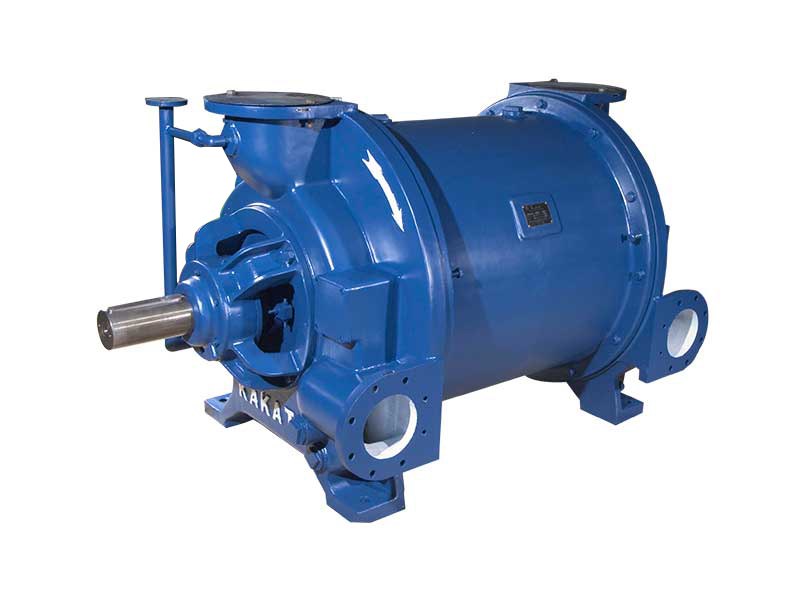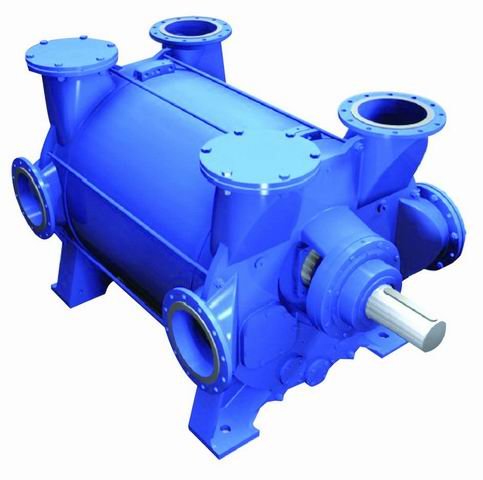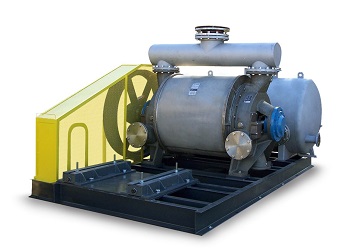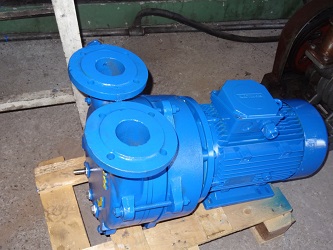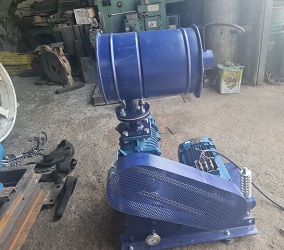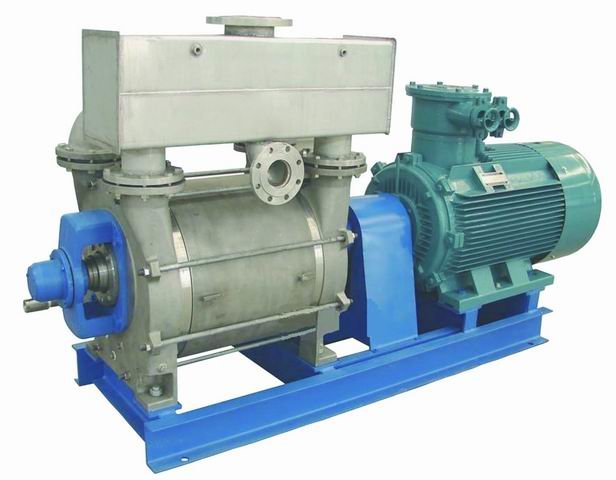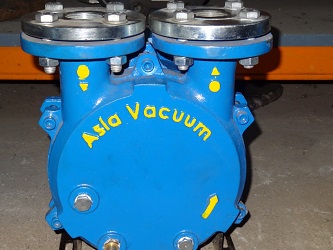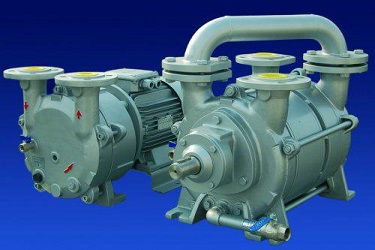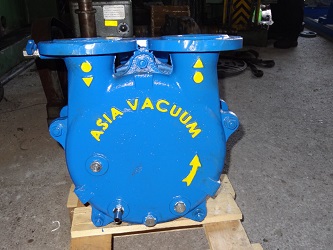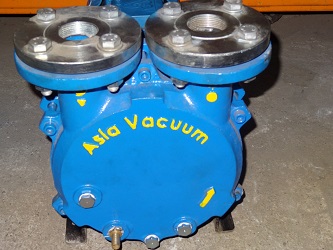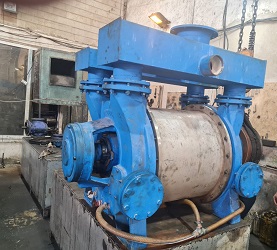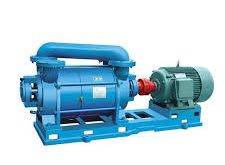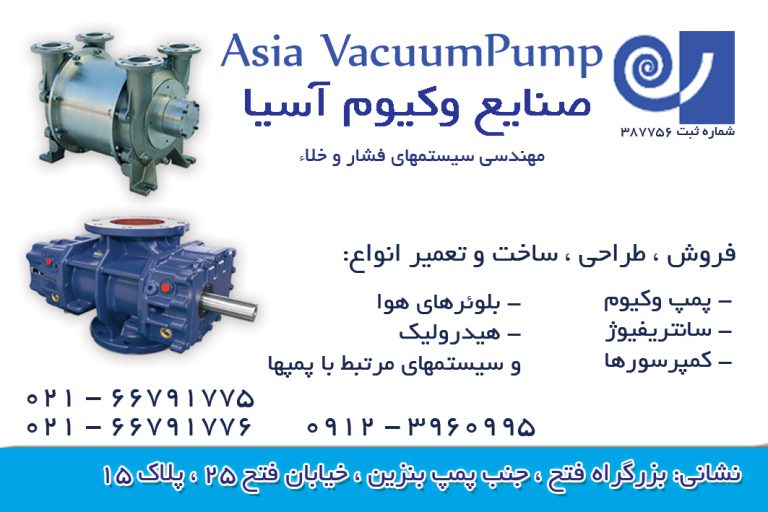The Negative Effects of pump Suction Line Filtration
While suction line filters in pumps aim to protect the pump by removing debris, they can also negatively impact pump performance and lifespan. The primary concern is that these filters can create excessive suction pressure, leading to cavitation and damage to the pump. Additionally, they can be difficult to maintain and may not always provide significant filtration benefits, especially if other filtration methods are in place.
Here’s a more detailed breakdown:
Negative Effects:
- Cavitation:Suction line filters, especially those with fine mesh, can restrict flow, causing a pressure drop in the suction line. This can lead to cavitation, where vapor bubbles form in the fluid and then collapse violently against pump components, causing damage and reducing pump life.
- Reduced Pump Life:Excessive suction pressure can strain pump components, leading to premature wear and failure. This is particularly true for piston-type pumps, according to a publication from Power & Motion.
- Maintenance Issues:Suction filters are often located in hard-to-reach areas (submerged in the reservoir), making maintenance and replacement challenging.
- Limited Filtration Benefits:In some cases, suction strainers may not offer significant filtration benefits, especially if the system is well-maintained and other filtration methods (like return line filtration) are used.
- Potential for Clogging:If the suction strainer is not regularly cleaned, it can become clogged, further restricting flow and increasing the risk of cavitation.
- Cost:Suction filters can be expensive, especially if they require frequent replacement or if they necessitate oversizing the pump to compensate for the pressure drop they cause.
- Risk of Catastrophic Failure:If maintenance is neglected, a clogged suction filter can lead to catastrophic pump failure due to cavitation and other issues.
When Suction Filters are Useful:
Despite the potential drawbacks, suction filters can be beneficial in certain situations, such as:
- When there is a high risk of large debris entering the pump:For example, when the system handles abrasive materials or is exposed to contamination during maintenance.
- When other filtration methods are not sufficient:If return line and other filtration methods are not adequately protecting the pump, a suction filter may be necessary.
- When specific environmental regulations require it:Some industries have regulations that dictate the use of suction filters to protect aquatic life from entrainment in intakes.
Alternatives to Suction Filters:
In many cases, other filtration methods can effectively protect pumps without the risks associated with suction filters. These include:
- Return Line Filtration:Filtering the fluid as it returns to the reservoir ensures that contaminants are removed before they can re-enter the pump.
- Transfer Unit Filtration:Filtering the fluid as it’s transferred into the reservoir can help remove larger particles.
- High-Efficiency Breathers:Using high-efficiency breathers on the reservoir can prevent airborne contaminants from entering the system.
Conclusion:
The decision of whether to use a suction filter should be carefully considered, weighing the potential benefits against the risks. In many cases, alternative filtration methods may be more effective and safer for the pump.
